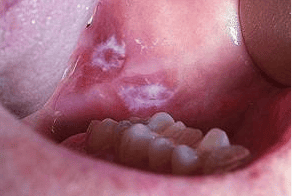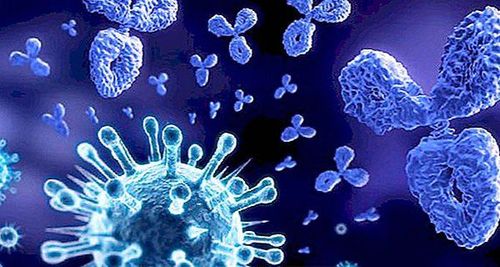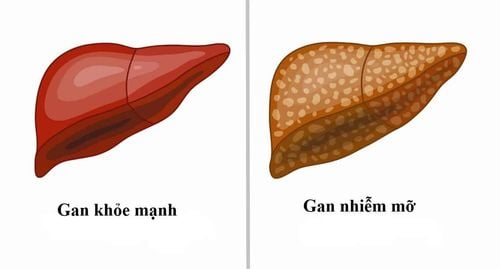This is an automatically translated article.
Oral cancer is cancer that develops in the tissues of the mouth or throat. It belongs to a larger group of cancers called head and neck cancers. Most develop in the squamous cells found in your mouth, tongue, and lips.
1. Tongue Cancer
Oral cancer is cancer that develops in any part of the mouth (oral cavity). Oral cancer can occur on:
Lips Gums Tongue Inner lining of cheeks Roof of mouth Floor of mouth (under tongue) Cancer that occurs on the inside of the mouth is sometimes called oral cancer or oral cavity cancer. Oral cancer is one of several types of cancer that fall into a group known as head and neck cancer. Oral cancer and other head and neck cancers are often treated similarly.

Bệnh ung thư miệng gây ảnh hưởng nghiêm trọng đến sức khỏe của người bệnh
2. Cause
Tongue cancer forms when cells on the lips or in the mouth develop changes (mutations) in their DNA. A cell's DNA contains instructions that tell the cell what to do. The mutations change for cells to continue to grow and divide as healthy cells die. Abnormal oral cancer cells that accumulate can form a tumor. Over time, they can spread to the inside of the mouth and to other areas of the head and neck or other parts of the body.
The most common tongue cancer starts in the flat, thin cells (squamous cells) that line your lips and inside your mouth. Most oral cancers are squamous cell carcinomas.
It is not clear what causes mutations in squamous cells that lead to oral cancer. But doctors have identified factors that can increase the risk of oral cancer.
3. Factors that may increase the risk of tongue cancer
3.1. Cigarette
Tobacco use, including cigarettes, cigars, pipes, chewing tobacco and snuff, is the biggest risk factor for head and neck cancer. 85% (85%) of head and neck cancers are linked to tobacco use. Smoking is particularly linked to cancer in the part of the lip that touches the body of the tube. Chewing tobacco or snorting is associated with a 50% increased risk of developing cancer in the blood of the gums and the inner surface of the lips, where tobacco is most exposed. Passive smoking can also increase the risk of cancers of the head and neck.
The longer you use tobacco and the more you use it, the greater your risk. The risk of tongue cancer is greatly increased when smoking is combined with smokeless tobacco use, alcohol consumption, or both. Continuing to smoke after treatment for oral cancer increases the risk of developing a second oral cancer.

Thuốc lá là tác nhân gây ra bệnh ung thư lưỡi
3.2. Alcohol
Alcohol is one of the main risk factors for oral cancer. The more you drink, the greater your risk. Using alcohol and tobacco together increases the risk of developing oral cancer more than using it alone. Regular and heavy alcohol consumption increases the risk of head and neck cancer.
3.3. Papillomavirus (HPV) infection
HPV is a group of more than 100 different related viruses. Many viruses are spread through sexual contact, including oral sex. They can infect the sexual organs (penis in men or the vulva, vagina and cervix in women), the rectum and anus. They can also infect the mouth and throat.
Different types of HPV are usually given a number to identify them. HPV-16 infection increases the risk of oral cancer. HPV-18 infection may also increase the risk. HPV is the likely cause of oral cancer unrelated to tobacco or alcohol use.

Virus HPV gây nhiễm trùng miệng và tăng nguy cơ phát triển ung thư miệng
3.4. Had cancer before
People with oral cancer have a higher risk of developing oral cancer, especially if they continue to use tobacco or alcohol. Having cancer of the esophagus, larynx, lung, or cervix also increases the risk of oral cancer.
3.5. Family history of squamous cell carcinoma (SCC)
SCC is the most common type of oral cancer. There is a higher risk of developing SCC in the head and neck area (including the mouth) if a first-degree family member (parent, sibling, or child) has been diagnosed with head and neck SCC.
3.6. Bask
Sun exposure increases the risk of developing lip cancer. This is especially true for people who work in the sun for long periods of time, such as farmers. People with fair skin also have a higher risk of lip cancer. Most lip cancers occur in the lower lip, likely due to it being more exposed to the sun.
Excessive and unprotected sun exposure has been linked to cancer in the lip area. To reduce your risk of lip cancer, reduce your exposure to sunlight and other sources of ultraviolet (UV) radiation. Read more about protecting your skin from the sun

Dưới tác động của tai UV làm tăng nguy cơ phát triển ung thư môi.
3.7. Gender, age, skin color
Men are more likely to develop oral and oropharyngeal cancers than women. Fair skin is associated with a higher risk of lip cancer. People over the age of 45 are at increased risk for oral cancer, although this type of cancer can develop in people of any age.
3.8. Diet low in vegetables and fruits
Many studies show that not eating enough vegetables and fruits increases the risk of developing oral cancer. Substances such as carotenoids, which are common in vegetables and fruits, are associated with a lower risk of oral cancer.
3.9. Weakened immune system
Your immune system may be weakened after an organ transplant or treatment for an immune system disease. People with weakened immune systems have a higher risk of oral cancer, especially lip cancer. The higher risk may be due to taking drugs that suppress your immune system. People with weakened immune systems are also more likely to be infected with the HPV virus, which increases the risk of oral cancer.

Hệ thống miễn dịch yếu làm tăng nguwy cơ mắc bệnh ung thư miệng
3.10. Poor oral health
People with poor oral health may lose some teeth, bleed gums or chronic infections from bacteria and viruses like HPV. They may not regularly visit the dentist for oral care. Studies show that people with poor oral health have a higher risk of oral cancer.
Early cancer screening is considered a perfect measure in the timely detection and treatment of all types of cancer. Reduce the cost of treatment and especially reduce the mortality rate in patients. Vinmec International General Hospital always deploys and introduces to customers a HIGH-TECH CANCER CHECKLIST PACKAGE to help with gene testing, imaging, and biomarkers for early tumor detection. Vinmec International General Hospital has many early cancer screening packages. Only one gene test can assess the risk of 16 common cancers in both men and women (lung cancer, colon cancer). rectal cancer , breast cancer , pancreatic cancer , cervical cancer , stomach cancer , prostate cancer ,....)
Early detection of early signs of cancer through diagnosis imaging, endoscopy and ultrasound. The operation is simple, careful and accurate. A team of well-trained specialists, especially in oncology, are capable of handling cancer cases. With facilities, advanced and modern medical equipment and a team of doctors with deep expertise and experience. At Vinmec, the examination process becomes fast with accurate results, saving costs and time for patients.
To register for examination and treatment at Vinmec International General Hospital, you can contact Vinmec Health System nationwide, or register online HERE.
References: healthline.com, cancer.ca, cancer.net, cancer.org













